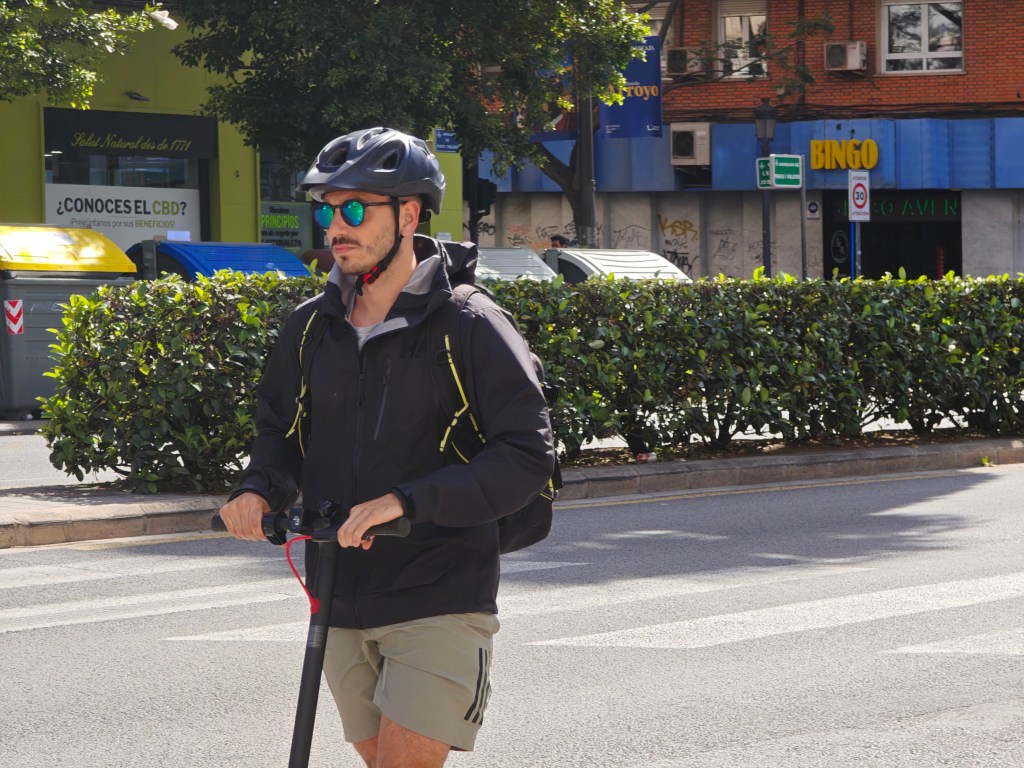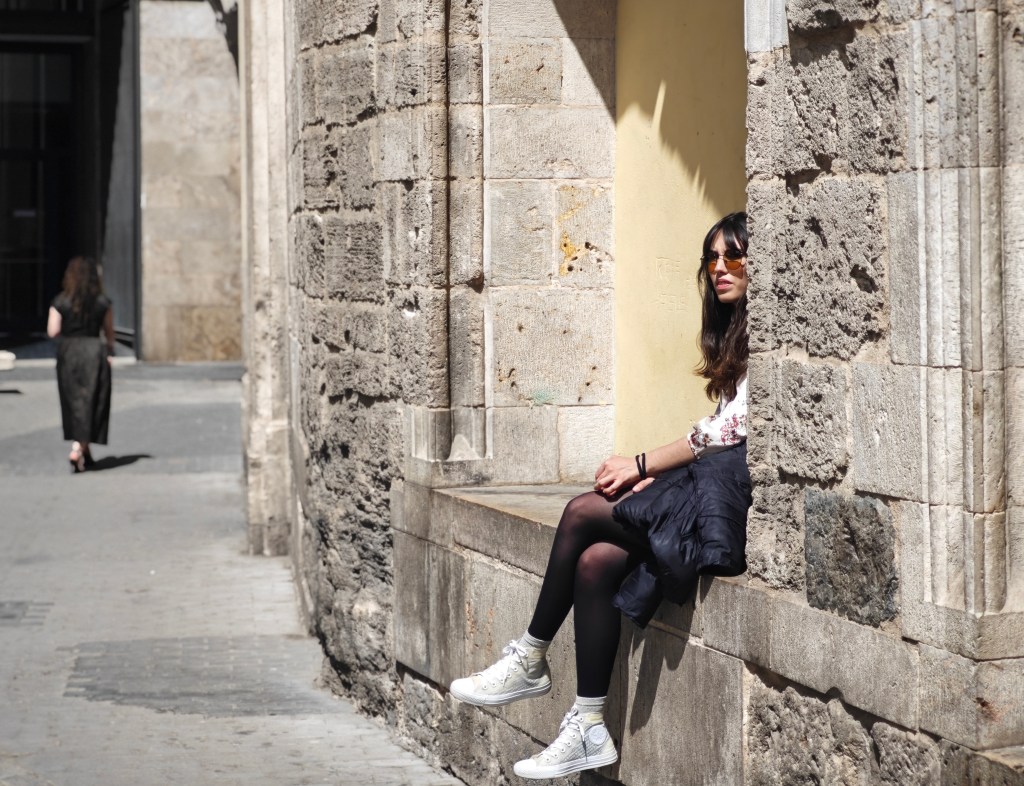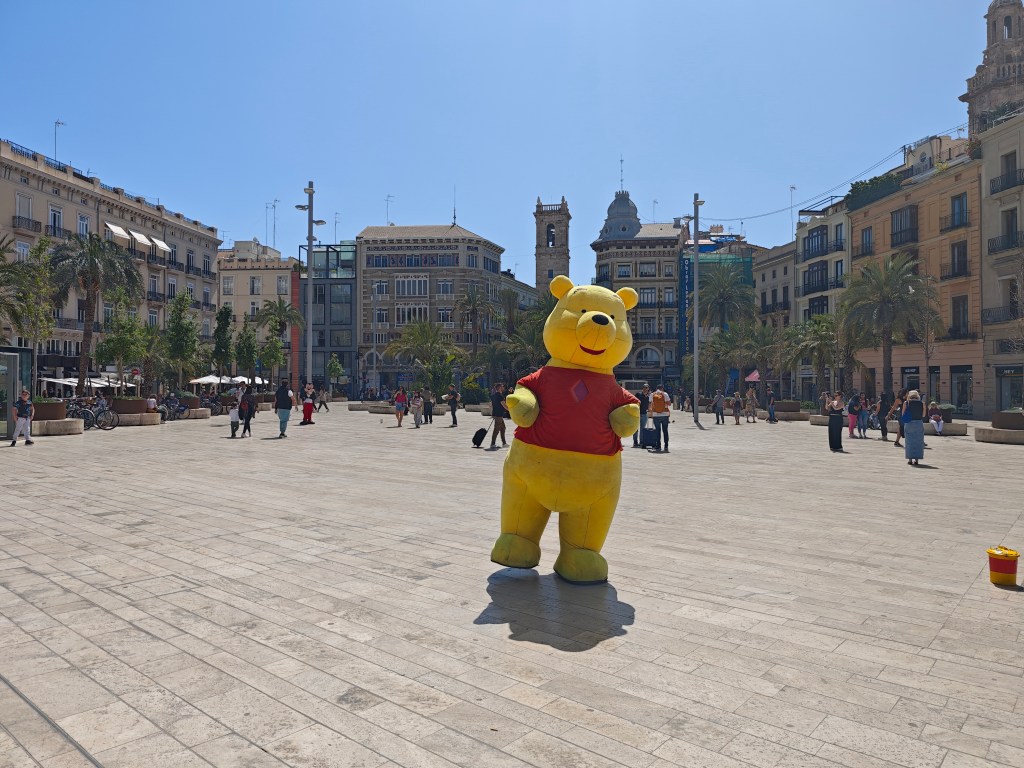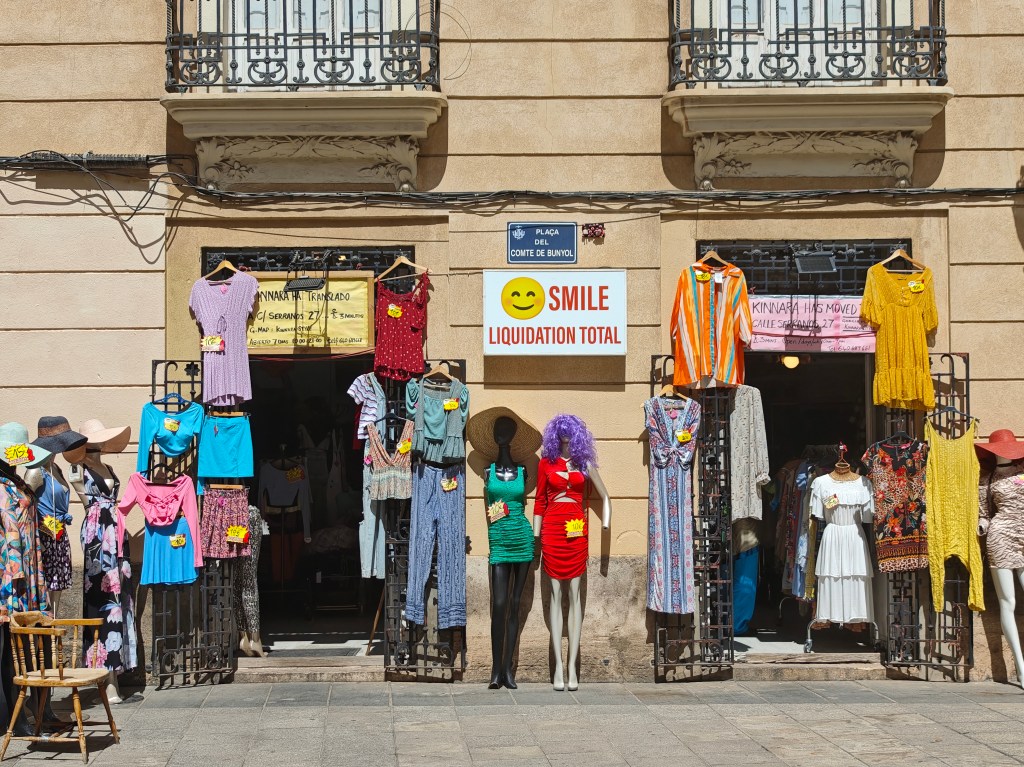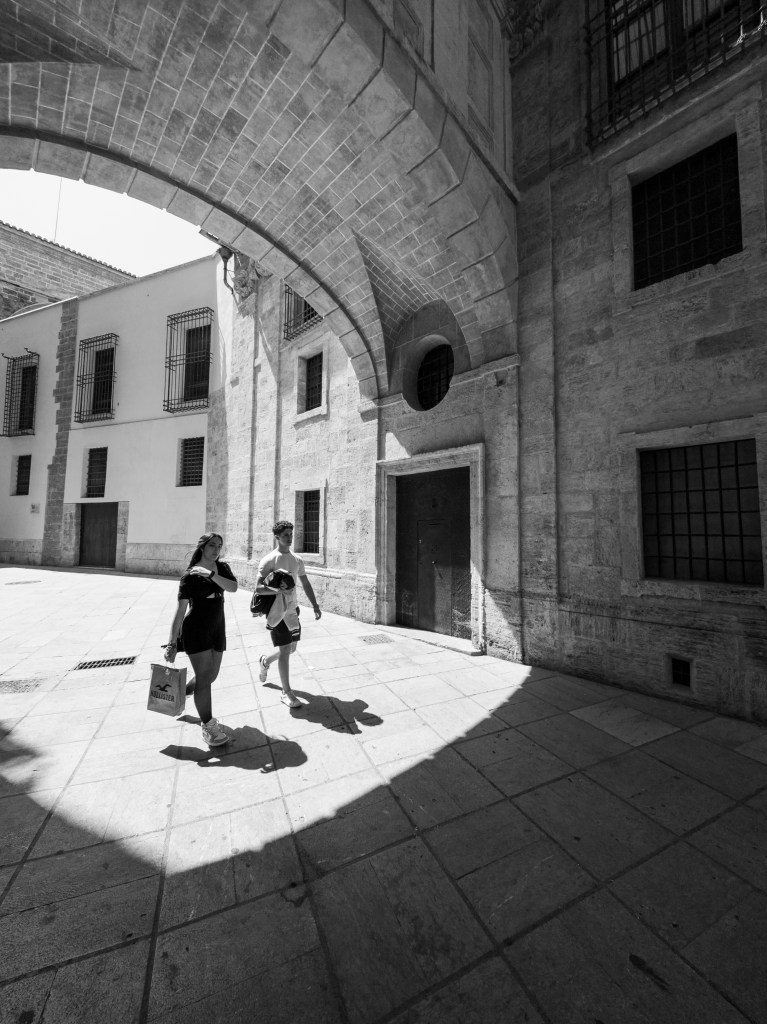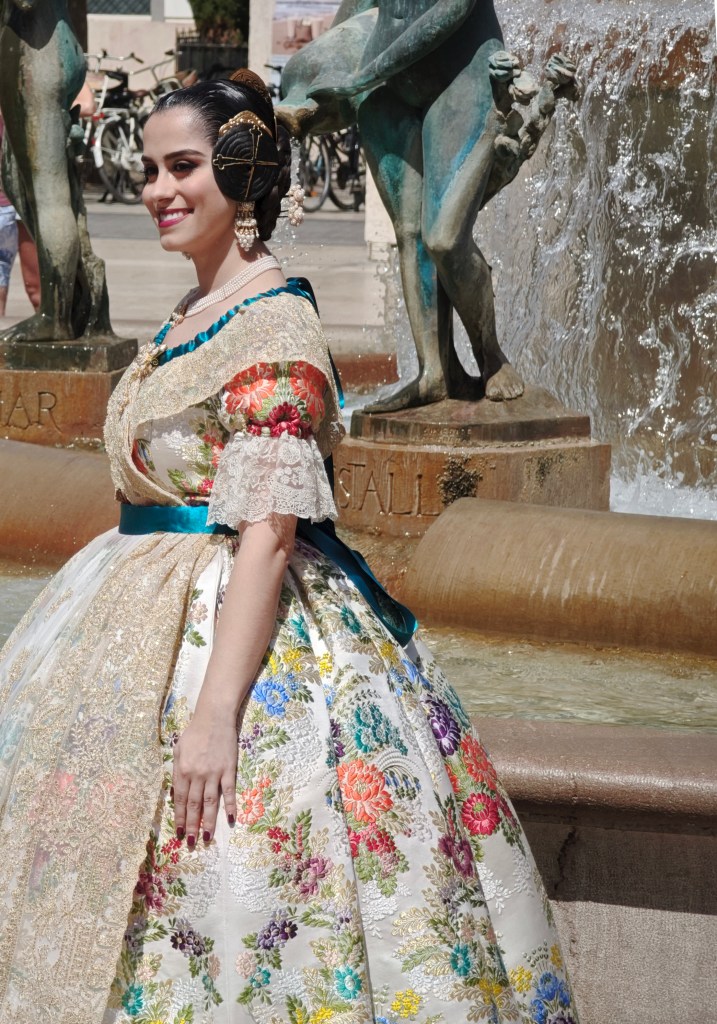A recent opportunity to use the flagship Xiaomi 14 Ultra has convinced deputy editor Geoff Harris that it’s set a new benchmark for high-quality smartphone photography. Apple, Samsung and Google take note.
Xiaomi has been in the news a lot recently, using the recent Mobile World Congress show in Barcelona to officially launch its two latest phones, the 14 and 14 Ultra. The company is well known in its home market of China, producing much more than phones, but less so in western markets.
Xiaomi is now undertaking a big push to become a better known name in US and European markets dominated by Apple, Samsung and Google. I have been using the Xiaomi 14 since its official launch, and it’s a nicely specced ‘flagship’ compact smartphone, equipped with three highly capable Leica Summilux-branded lenses.
Recently, I got the chance to spend much more time with its bigger sibling the 14 Ultra, and I have been blown away by how good it is for photography. I am not alone either, with a wide range of reviewers, including the usually guarded CNET, running out of adjectives to describe how well it performs.
The Xiaomi 14 Ultra at a glance
- 50MP f/1.6-4.0 23mm equivalent camera with one-inch sensor
- 50MP f/1.8 12mm equivalent ultrawide camera
- 50MP f/1.8 75mm equivalent 3x telephoto camera
- 50MP f/2.5 120mm equivalent 5x telephoto camera (periscope lens)
- 8K video at up to 30fps
- 4K video at up to 120fps
- 6.73-inch, 3200 x 1440 pixels, 3000 nits peak brightness, 120Hz LTPO AMOLED screen
- Operating system – HyperOS based on Android14
- Processor – Qualcomm Snapdragon 8 Gen 3
So quite a spec sheet. As well as those Leica-branded lenses, all backed up by a 50Mp sensor, the other big selling point is the inclusion of stepless variable aperture, going from f/1.6-f/4.0. While this feature has appeared on older Samsung phones, it’s still quite rare.
Anyway, enough specification crunching, why do I and other reviewers rate the Xiaomi 14 Ultra so highly for everyday photography, going as so far as to say it’s better for this than the latest offerings from Apple and Samsung?
Camera-like handling
I spent a day shooting around Valencia (admittedly, a photogenic city even when it’s raining) using the optional ‘Photography Kit’ grip. This makes the Xiaomi 14 Ultra feel much more like a conventional compact camera, which is a good or bad thing depending on your perspective, and includes a handy dial for adjusting aperture as well as a 67mm filter adapter.
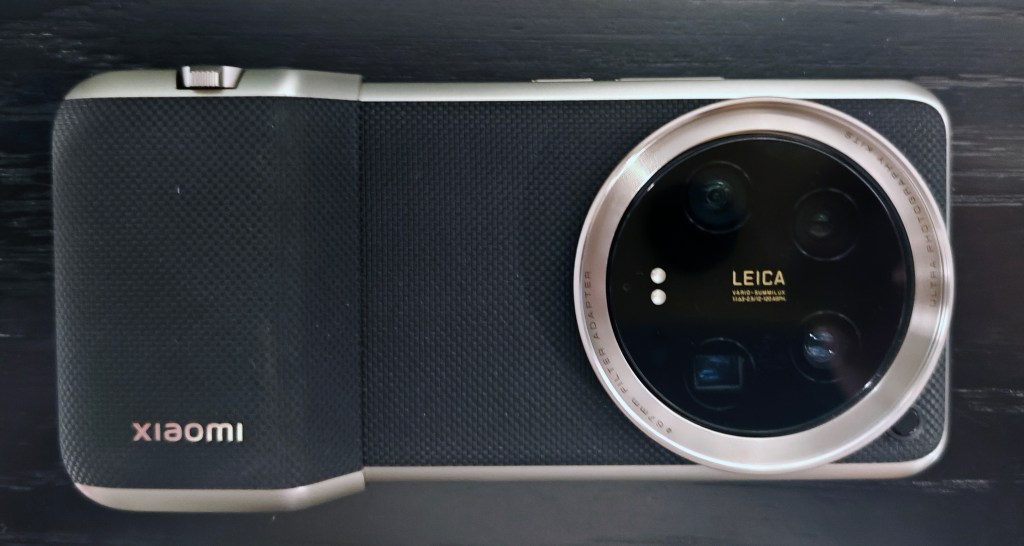
Being able to adjust the aperture quickly in this way really transforms the handling of the phone, and while the grip does make the phone a bit bulkier, the lack of protruding lenses means it’s still a lot more compact than your typical ‘compact’ camera, and slips easily into a pocket.
In other words, you quickly forget you are taking pictures with a phone. There are only really two downsides of using the grip: first, it makes it more obvious that you are taking photographs when you hold the phone horizontally, which can be an issue for discreet street shooting, and second, the grip can still be a tad slippery if your hands get sweaty.
A knowledgeable source hinted that Xiaomi’s second version of the grip is likely to be more, er, grippable, and also allow you to hang the whole unit around your neck (then the phone ends up looking even more like a conventional camera, but you can’t have everything).
Excellent autofocus
In my review of the Xiaomi 14, I mentioned the occasional issue with AF and moving subjects, necessitating the activation of Motion Tracking Focus in the camera app as a precaution, but the Xiaomi 14 Ultra’s AF nails it every time.
Here’s an example of a grab shot of a guy quickly approaching me on a scooter. The Xiaomi 14 Ultra was in sleep mode in my pocket, so I had to wake it quickly and do the best I could, but the AF was unperturbed, delivering a sharp-enough shot. It’s by no means a great photograph, but you can see what I mean.
For more considered shots, such as the one above, the AF is very very accurate and reliable. My only (small) gripe is that when tapping the screen to set exposure or activate the shutter, the layout means you can accidentally activate one of the other cameras if you have larger fingers, thus potentially missing a shot.
The Xiaomi 14 Ultra’s wide dynamic range
That relatively large, one-inch sensor really delivers the goods when it comes to general image performance. Highlight and shadow detail is captured accurately and well, and as mentioned, shooting in Pro mode with the grip makes it very easy to adjust exposure.
This shot of some poor soul earning his crust in a Winnie the Pooh outfit (below) was taken in blazing, early afternoon sunlight, and again, the Xiaomi 14 Ultra takes it all in its stride.
Sometimes you have to be careful with highlights in strong light – they have blown out somewhat on this image below (another grab shot). To be fair to the phone, I wasn’t expecting to come across a guy sitting there in bright sunlight wearing a wedding dress and wanted to shoot quickly before the stag party started throwing pints at me.
Erring slightly on the side of underexposure is sometimes wise with the Xiaomi 14 Ultra, as it’s easier to lift shadows when editing DNG raw files than recovering highlights (more on the raw performance later).
It’s nice to get close
That one-inch sensor also makes it much easier to get convincing looking background blur, without having to rely on computational photography wizardry, ie fake bokeh.

Using the macro mode helps a lot too, but it’s not always necessary for attractive close-ups. Something else I really like about Xiaomi 14 Ultra is the close minimum focusing distance of 10cm.
To elaborate on this, 5cm macro photography is supported on the 12mm ultra-wide camera, and 10cm on the 75mm floating telephoto.

Attractive colours and useful Leica filters
By default, the Xiaomi 14 Ultra delivers attractively vibrant and punchy colours, without the HDR mode producing the trippy, garish look you can get on cheaper or older Android phones.
For general shooting, Leica Authentic and Vivid modes are available, and I ended up shooting on Vivid mode by default. It seemed more appropriate for the bright, sunny conditions of Spain, and while I was sceptical at first, I never felt the images looked too overcooked.
In Pro mode you have a wider choice of filters. It’s not at all obvious how to access these – the rather meaningless icon to the right of the screen is easily missed, and should be more clearly labelled – but it’s worth hunting them down.
The tasteful Leica B&W High Contrast mode, for example, greatly adds to the Xiaomi 14 Ultra’s appeal for creative photographers, helping you visualise which images will work best in black and white.
As well as other common modes, you can experiment with various colour temperatures, from chilly blue effects to much warmer red and orange.
The only slight quirk here is the inability to use the Leica Authentic mode when shooting raw. There is no explanation why, and again, we suspect it will be rectified in future.
Raw power and flexibility
Given the sensor size and 50MP resolution, raw files are as rich and detailed as you’d expect. Switch to Ultra Raw mode and there is support for 16 bit raw*, so a good performance gets even better.
This image below is a crop from a much wider picture taken below the church facade from the street, using the telephoto lens. The level of detail and texture coming through from the raw file is really impressive.
Raw files are saved as DNG so they are easy to open with common editing software – there is none of that faffing about updating Lightroom or Photoshop when you get a brand-new camera.
* Xiaomi hedges its bets here by stating: 16-bit data refer to the maximum-level of possible data to be collected. Actual results may vary.

Low noise
Again the large sensor really comes into its own here, along with other clever technology to minimise noise as much as possible when shooting as night as sets in, or when taking pictures indoors.
Some eminent photographers were also using the phone in Valencia, and one widely respected documentary shooter and Leica Ambassador said he was sometimes struggling to find any noise at all when editing images. I wouldn’t go that far, but noise is exceptionally well controlled unless you are shooting in a coal bunker. The pleasingly effective flash features work well too.
Creative effects
As with the Xiaomi 14, you get some neat extras, including a Long Exposure Mode. I got better results with this on the Xiaomi 14 Ultra, and while this might have been as I was holding the phone more firmly thanks to the grip, the image stabilisation works to good effect.
I also sang the praises of the Night mode on the Xiaomi 14, and the bigger sensor on the 14 Ultra makes it even more effective when the light goes south.
Great battery life
Considering the Xiaomi 14 Ultra’s sheer power, you’d expect it to glug battery juice, but this was not the case. Even after half a day of solid shooting in Valencia (and yes, I overshoot), the battery had only gone down to 48%.
This is a much better performance than some of my mirrorless cameras, so the inclusion of a powerful 5,000 mAh cell makes a big difference over the 14. Recording video will obviously drain battery stamina faster, but for stills photography, you don’t need to worry overmuch.
Conclusion: even at the premium price, the Xiaomi 14 Ultra is a winner
In the taxi back to Valencia station I was asked by my fellow passenger, who happened to be the art director of a world-famous fashion magazine, whether I thought the Xiaomi 14 Ultra really was as good as the latest Apple iPhone. Having thought this about for a moment, I replied ‘yes, in fact, better.’
The iPhone 15 Pro Max does have many virtues, including that handy 5x zoom lens, but the Xiaomi has more camera and lens flexibility, is able to deliver higher resolution files (including Ultra Raw) and is cheaper at £1299. In terms of Samsung Android phones, based on my experience, I’d happily confirm that the Xiaomi 14 Ultra is better all-round for creative photography: it gives you so many options and raw shooting is a breeze.
Unlike Samsung and Google, Xiaomi isn’t getting distracted by adding lots of AI-editing features either, instead focusing on superior results straight from the camera set-up.
And then there are the advanced video features on the 14 Ultra, which I have not touched on here as I didn’t get chance to shoot any proper videos in Valencia (hopefully I will get invited back to somewhere equally as photogenic for some movie making).
The art director’s question was a telling one, though, as it shows the cachet that iPhones still have with more fashion and style-conscious phone users at the higher end of the market, who are a much sought-after demographic. They are less interested in camera performance and specs, and more concerned about looking cool and bragging rights (not that the latest iPhones are all show and no go when it comes to photo quality).
While not bad-looking, the Xiaomi 14 Ultra in its current iteration is unlikely to become a style icon.

Certainly, the white vegan-leather version is very attractive, but the big circular camera enclosure on the back, shown above, won’t be to everyone’s taste. Either it makes a strong photographic statement or looks intrusive – only you can decide.
It remains to be seen whether the 14 Ultra will tempt previously loyal iPhone users to stray, but whatever, this is for Xiaomi’s marketing department to wrestle with. If exceptional photographic performance is more important to you than cool looks and being able to boast ‘hey, both my phone and computer are made by Apple,’ then I’d definitely go with the Xiaomi.
You will save £100 too, even more if further discounting takes place, as it is likely to in such a competitive market.
Further reading
Smartphone vs digital camera – which is best
How to take the best smartphone photos


